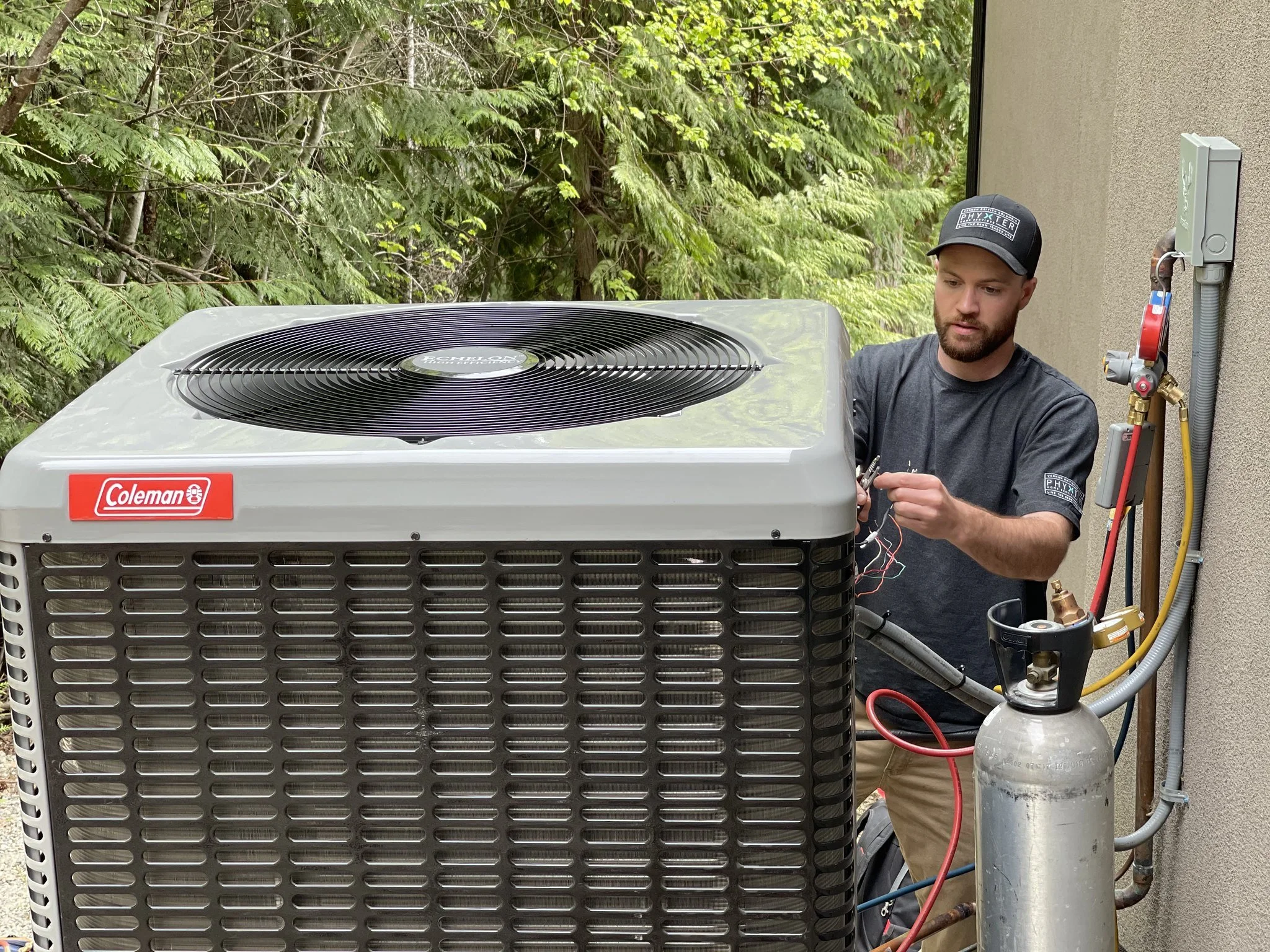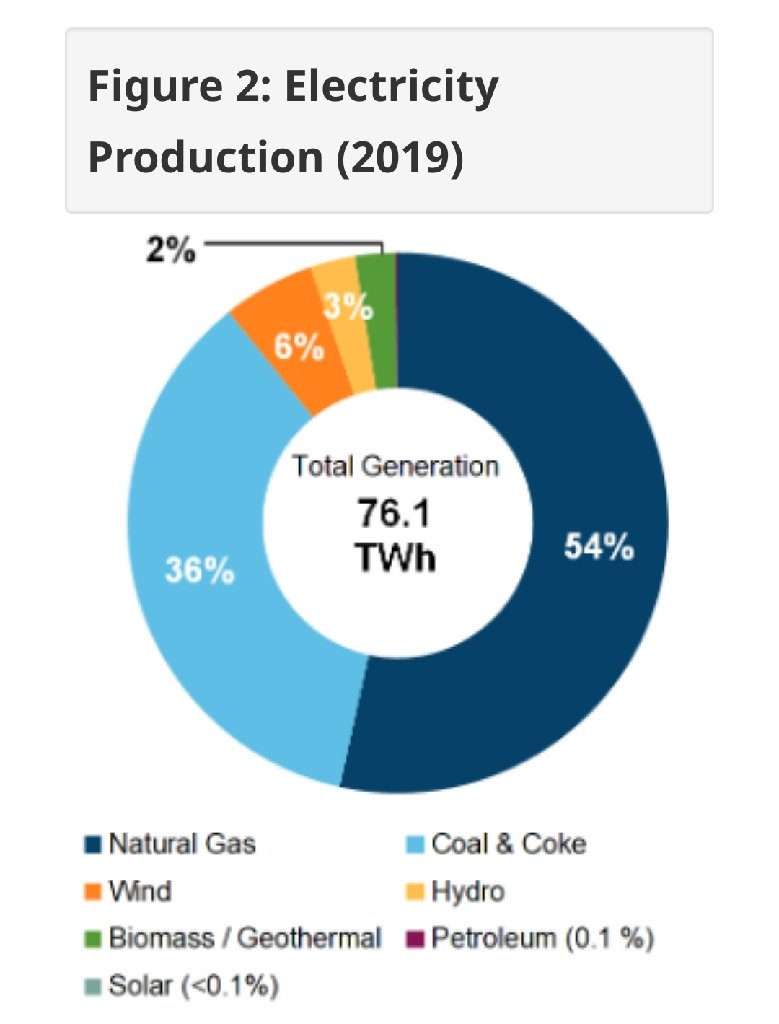That's a good point about the furnace fan!
This commentary focuses on the performance of air-source heat pumps in mild European winters with average January temperatures above −10°C. We refer to these heating conditions as “mild cold climates”, whereas those with average temperatures below −10°C in the coldest month are designated “extreme cold climates”.
I'm using what the study calls extreme cold, which would account for about 3 months of the heating season where I live, and that's where I got the lower efficiency numbers from too as they state the COP is around 2.75 (roughly 3 months of the year here) in the "mild cold" and only around 2 at best in the colder months.
We have a bit of an unusual climate here with fewer people so most of the info I find tends to focus on where more people live and the climate is different so it's tough to figure out. There's a good three months where no heating is required at all (and increasingly, ac units are in demand). A couple of years ago we had close to an 85°C temperature swing from the end of February to mid June!
Natural gas is plentiful and cheap so it's used for central heat and hot water here, sometimes clothing dryers too but that's less common. I still end up paying a gas bill in the summer months essentially just for admin fees and such, so the temptation is to go fully electric (would have to change the HWH) with a heat pump system and resistive backup heat. The problem is from what I can tell, the additional cost isn't quite worth it yet (the system might not even save any money and is more expensive to install/maintain), and the emissions difference is tough to calculate when a third of the power comes from coal and over half from natural gas....


![[HN] Oxford study proves heat pumps triumph over fossil fuels in the cold](https://lemmy.uhhoh.com/pictrs/image/a26109cf-e4af-49ee-b53a-25231a63a7bb.jpeg?format=webp&thumbnail=196)
